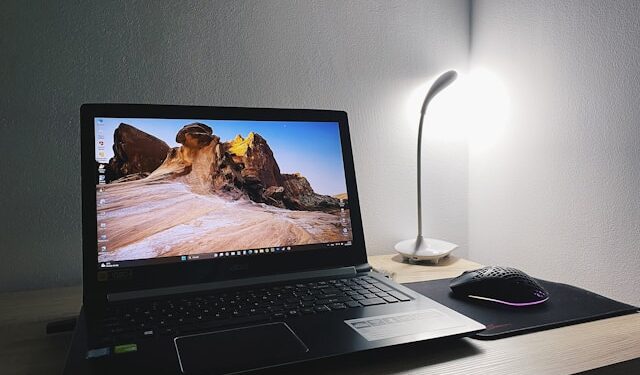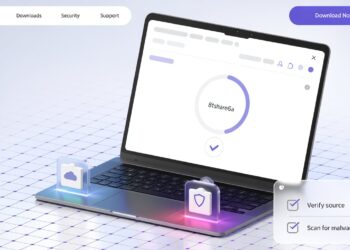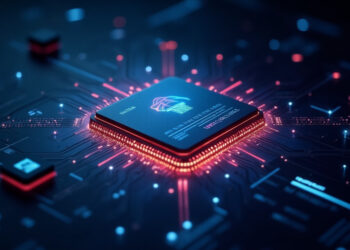Keeping your PC clean is essential for maintaining its speed and efficiency. Over time, dust buildup and unnecessary files can slow down your system, causing performance issues. In this guide, we’ll walk you through the steps to clean your PC both physically and digitally to improve performance and extend its lifespan.
Why Cleaning Your PC Matters
A well-maintained computer runs faster, stays cooler, and is less likely to crash. Regular cleaning can help improve PC performance, prevent overheating, and free up storage space. Whether you’re a gamer, professional, or casual user, cleaning your computer will ensure it runs smoothly for years to come.
Step 1: Physical Cleaning
Dust accumulation inside your PC can block airflow, causing overheating and hardware failures. Follow these steps to clean your computer physically:
Tools Needed:
- Compressed air
- Microfiber cloth
- Isopropyl alcohol (70% or higher)
- Screwdriver (if needed to open the case)
Cleaning Process:
- Turn Off and Unplug Your PC – Before cleaning, ensure your computer is powered off and disconnected from any cables.
- Open the Case – Use a screwdriver if necessary to remove the side panel.
- Use Compressed Air – Blow dust off fans, heatsinks, and other components. Hold the fans in place to prevent spinning.
- Clean the Exterior and Peripherals – Wipe down the keyboard, mouse, and monitor using a microfiber cloth with isopropyl alcohol.
- Check Airflow and Filters – Ensure vents and dust filters are clean to maintain proper airflow.
Step 2: Digital Cleanup
Cleaning your PC isn’t just about dust—it’s also about optimizing storage and system performance. Follow these steps to remove unnecessary files and speed up your computer.
Delete Unnecessary Files
- Use built-in tools like Windows Disk Cleanup to remove junk files, temporary files, and old downloads.
- Empty the recycle bin regularly to free up space.
Uninstall Unused Programs
- Open Control Panel > Programs > Uninstall a Program and remove apps you no longer use.
- This helps free up disk space and improve PC performance.
Manage Startup Programs
- Press Ctrl + Shift + Esc to open Task Manager and navigate to the Startup tab.
- Disable unnecessary startup apps to speed up your computer’s boot time.
Update Software & Drivers
- Keeping Windows, drivers, and applications updated can help improve performance and security.
- Check for updates regularly through Settings > Update & Security.
Run Disk Cleanup & Defragmentation
- Open Disk Cleanup and select the drive you want to clean.
- For HDD users, defragment your disk using Defragment and Optimize Drives to organize file storage efficiently.
Step 3: Protect & Optimize Performance
After cleaning your PC, take additional steps to maintain its speed and security.
Check for Malware
- Run a full scan using Windows Defender or a third-party antivirus to remove potential threats.
- Malware can slow down your system and compromise your data.
Manage Background Processes
- Open Task Manager and check which applications are consuming high CPU, RAM, or disk usage.
- End unnecessary processes to improve PC performance.
Consider a Hardware Upgrade
- If your computer still runs slow, consider adding more RAM or upgrading to an SSD.
- An SSD can significantly speed up your computer compared to a traditional HDD.
Step 4: Regular Maintenance Tips
To keep your PC running efficiently, follow these maintenance tips:
- Clean your computer physically every 3-6 months.
- Perform a digital cleanup monthly by removing junk files and updating software.
- Keep your PC in a dust-free, well-ventilated space.
- Use a surge protector to prevent power-related damage.
Conclusion
Regularly cleaning your PC ensures better performance, increased longevity, and a smoother user experience. By following these steps, you can clean your computer both physically and digitally, improving speed and efficiency. Make PC maintenance a habit, and enjoy a faster, more reliable system for years to come.





